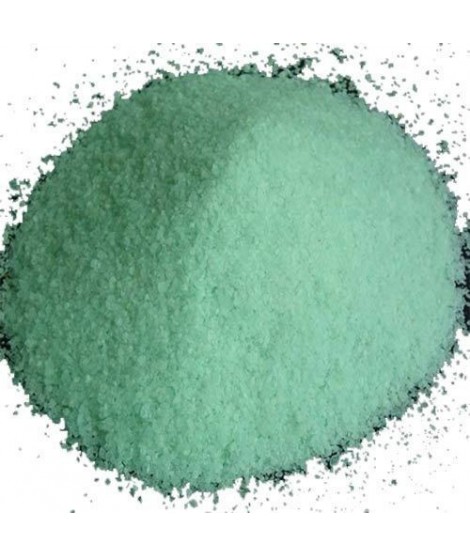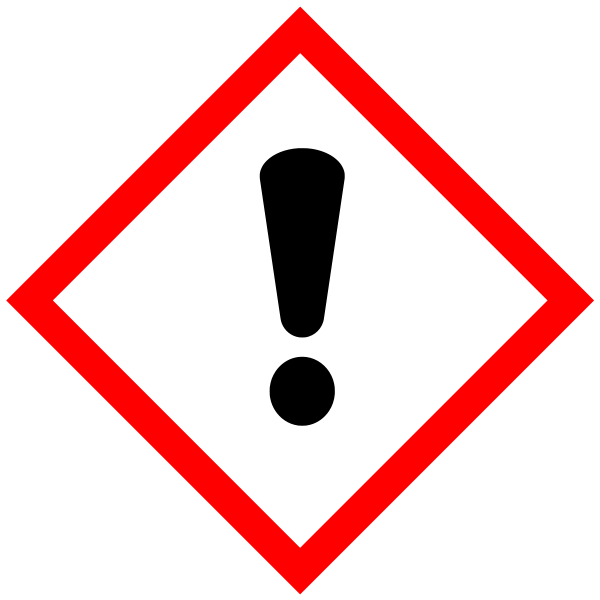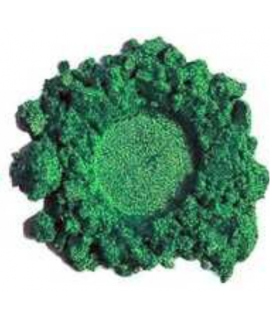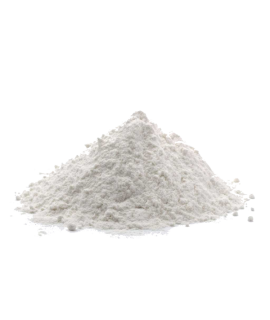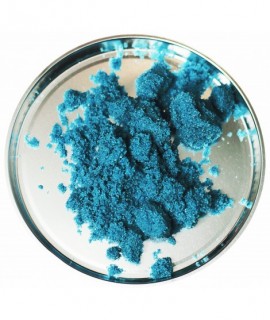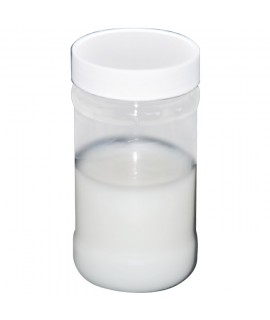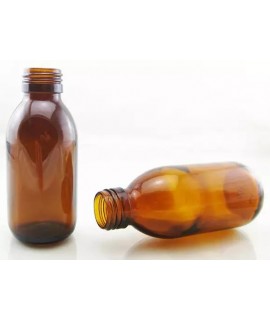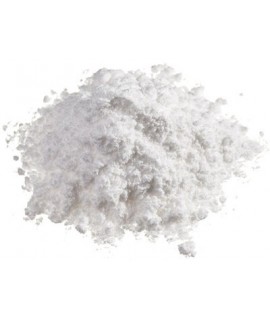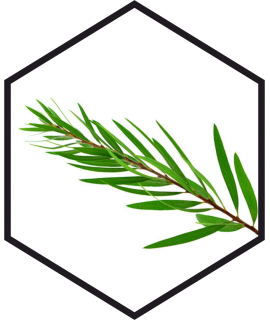|
Parameter |
Attribute |
|
Iron II sulfate |
Ferrous sulphate, Green vitriol, Iron vitriol, Copperas, Melanterite, Szomolnokite |
|
Formula |
FeSO4 * 7H2O |
|
Structure |
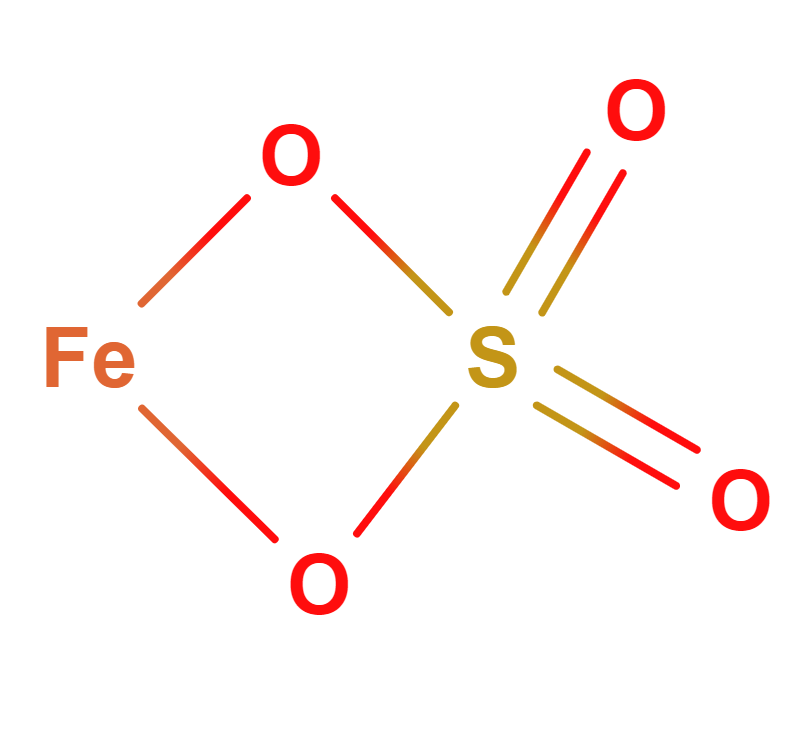 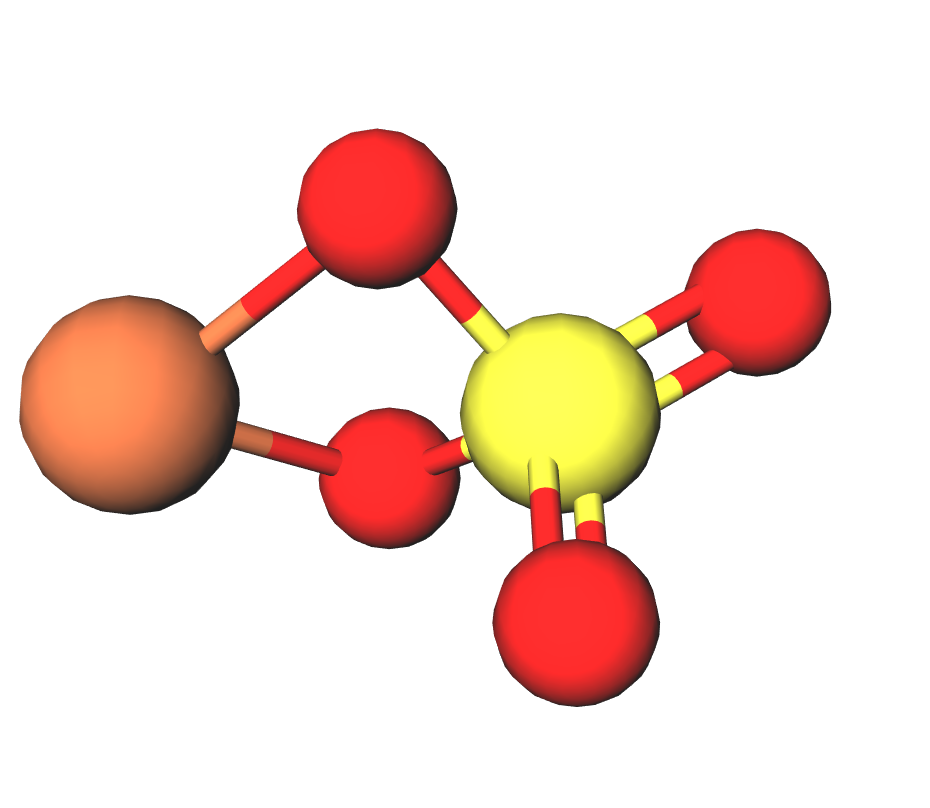 |
|
IUPAC |
Iron(II) sulfate |
|
INCI |
FERROUS SULFATE |
|
CAS |
7782-63-0 |
|
Molar mass |
260.00 g/mol |
|
Density |
1.895 g/ml |
|
Solubility |
In water 29.51 g/100 mL (25 °C) |
Ferrous sulfate is otherwise known as divalent ferrous sulphate with the formula FeSO4-7H2O. The compound is also known as greenstone. It is highly soluble in water. It is commonly found as a raw material for other iron compounds. It is used as a good reducing agent, reducing chromates to the less toxic trivalent chromium. Found as a dye or dye fixative, in ink production, etc.
In medicine, ferrous sulfate is used to reduce iron deficiency. The use of iron compounds has side effects such as constipation. Laxatives are used in combination to reduce constipation.
In the dyeing industry, ferrous sulphate is used as one of the raw materials in the production of paints and inks. Iron sulfate solution is used to produce a yellow/pink color on concrete, limestone or sandstone. Iron sulfate is also used in wood staining to produce darker shades and to bring out the grain of the wood, in new boards to give an aged look, and is best suited to larch wood as larch has tannins with which iron sulfate reacts, and for a grey, low-maintenance patio. Approximate yield: 8-10m2/kg. IMPORTANT: Avoid dripping on concrete, stone, façade decor, clinker, stone or pavers. Rust marks may remain Iron sulfate is sometimes used to blacken canned olives.
In horticulture, it is used to control moss on lawns, building roofs, fences, monuments and trees. The use of ferrous sulfate acidifies the soil, making it easier for plants to absorb nutrients. Spray shrubs, berry bushes, fruit trees in spring before bud swelling or in late autumn after foliage has fallen after harvest. When planting shrubs and berry bushes, fruit trees, tubers, bulbs, soak the roots in a solution of ferrous sulfate to prevent disease. Use an aqueous solution of 1-5% ferrous sulfate. Lower concentrations are more suitable for strengthening the lawn itself, higher concentrations for moss control. A 1% solution can be used initially, with higher concentrations if no significant effect is observed. To prepare the 1% solution, dissolve 100 g of ferrous sulfate in 10 l of water in a plastic container. For sprinkler treatment, a higher amount of water is required - 30 l water/100 m2, for spray treatment - 10 l water/100 m2 of lawn. A few days after treatment, the moss starts to blacken and dies. Rake up the dead moss and remove it. Use ferrous sulfate as a long-lasting plant tonic for acid-loving plants such as ericaceous plants like heather, rhododendrons, conifers, camellias and azaleas. Iron sulfate helps to acidify the soil and prevent yellowing of leaves. The recommended rate is 35 g per square meter. Do not overdose: use only the recommended rates. Recommended rates for ferrous sulfate as a lawn tonic and for moss control:
Application rate for green lawns: 0,5-1 g per square meter.
Application rate for hardening lawns: 1,5 to 2 g per square meter.
Application rate for moss control: 4 to 5 g per square meter.
In water treatment, ferrous sulfate is used as a flocculant (water clarifier), to help settle fine particles and to remove phosphorus compounds, thereby reducing eutrophication (water damage) in both industrial and domestic applications. In some cases used as a corrosion inhibitor in copper pipe systems to form a protective film. Ferrous sulfate can also be used to produce FENTON REAGENT (ferrous sulfate with hydrogen peroxide), which is used to treat wastewater by oxidising and/or degrading organic compounds.
In the metal industry, ferrous sulfate is used as a tool to help to precipitate gold from gold chloride solutions (after its dissolution in royal acid).
In cosmetics, ferrous sulfate is used in small concentrations to thicken the skin and pores in the skin. Main INCI function:
- Astringent: helps to tighten skin pores
Important: Add the item to your basket, fill in the recipient's details and confirm your order. Thank you!
To save your precious time, we will deliver your order to your address at a time convenient for You!
*- The pictures of the goods may not correspond to the actual appearance, colour, assembly or shape of the goods and their packaging. The information in the product description is of a general nature and may not correspond to the information on the packaging of the product and may not be the exact use of the product. The information given on the stocks and prices of goods may, in certain cases, differ from the actual prices and stocks of goods
|
Signal word: Caution |
|
Hazard icons:
|
|
Danger phrases: H302 Harmful if swallowed. H315 Irritating to skin H317 May cause allergic skin reaction. H319 Causes severe eye irritation |
|
Precautionary statements: P270 Do not eat or smoke when using this product P280 Wear protective gloves/protective clothing/use eye/face protection P301+P312 WARNING: If you feel unwell, call the Poison Control and Information Bureau or seek medical attention. P305+P351+P338 IN EYES: Wash gently with water for several minutes. Remove contact lenses, if present and if easy to do so. Continue to wash eyes. P302 + P352 IN CONTACT WITH SKIN: Wash with plenty of soap and water. |
Related products
(8 other products in the same category)

